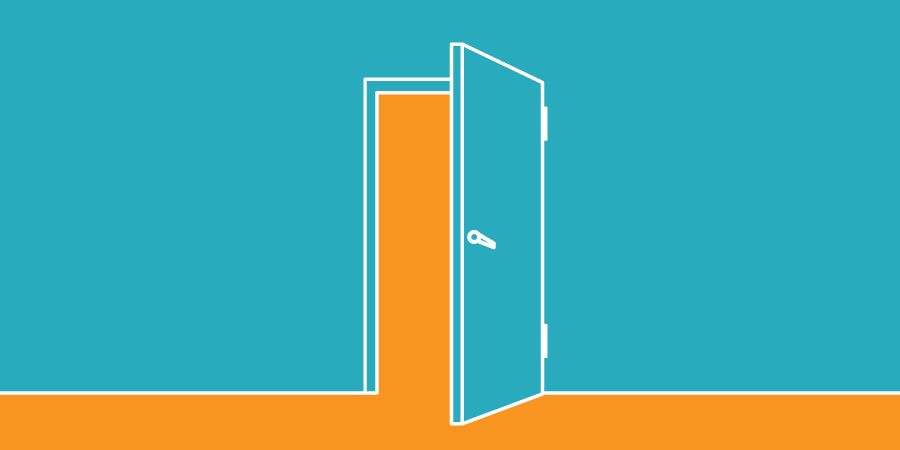October is Health Literacy Month, a time to draw awareness to the need for health literacy as well as how we can improve it. Approximately 80 million adults in the United States are estimated to have a lower health literacy; however, the senior population tends to be impacted at a significantly higher rate. But what causes such an alarming statistic?
According to the Health Resources and Services Administration, health literacy is defined as “the degree to which individuals have the capacity to obtain, process and understand basic health information needed to make appropriate health decisions.” There are many health disparities that attribute to lower health literacy including language barriers, financial issues and cultural boundaries.
While studies have found that the research on the relationship between health literacy and disparities is still mixed and fairly limited, health disparities and health literacy typically come across similar barriers. A 2015 study on the “Relationship between Health Literacy and Health Disparities” showed that people who likely “fall victim to social disparities, which in turn lead to worse health outcomes, are also more likely to have lower levels of health literacy.”
There has been a lot of discussion about healthcare equity and equality, specifically during COVID-19. There is an important distinction between the two. For example, healthcare equality refers to giving everyone the same treatment while equity refers to a more tailored approach aimed at providing individualized solutions. Adjacent to this conversation lies health literacy – seniors not only need equal access to healthcare resources, but they need individualized solutions that include ways to overcome social, economic and educational barriers.
How the healthcare system can provide opportunities to increase health literacy

Harvard T.H. Chan School of Public Health
With the senior population projected to make up about 20% of the population by 2030, and only 3% of seniors are proficient in health literacy, a lot needs to be done to improve the current situation. The National Assessment of Adult Literacy (NAAL) also indicates that 71% of adults older than age 60 had difficulty in using print materials, 80% had difficulty using documents such as forms or charts and 68% had difficulty with interpreting numbers and doing calculations.
To increase health literacy, Rima E. Rudd, ScD, a lecturer on health literacy at the Harvard T.H. Chan School of Public Health said the following must be done:
- Enhance literacy and communication skills of people and professionals.
- Improve health texts.
- Make it easier to take action or complete tasks.
- Eliminate barriers to health care and services.
- Change the atmosphere of health-related sites and systems.
“The healthcare system in the U.S. compared to the healthcare systems in most other industrialized nations has not been designed well for post-hospital care,” Rudd said. “Achieving equity is an important goal but to do so means tackling systemic issues. For example, we need to change the notion that care and responsibility ends at the outside steps of an institution. Follow-up care and services are as important as inside care. Otherwise, as we well know, returns are to be expected.”
Could a successful discharge plan be the key?

Co-Director, Multiethnic Health Equity Research Center
University of California, San Francisco
Discharging from a hospital setting to a post-acute care provider, or to the patient’s home, can be a vulnerable time for older adults and their caregivers and family members, explained Dr. Jane Jih, an assistant professor and co-director of the Multiethnic Health Equity Research Center at the University of California, San Francisco.
Communication barriers between the patient and/or their caregiver or family members and the clinical team could affect health outcomes after discharge and result in rehospitalization, Jih added.
“This is even more pronounced for older adult patients who do not speak English well or are from minority groups as the healthcare system in the U.S. by and large is designed for a health literate, English-speaking population,” Jih said. Identifying these types of disparities with the patient prior to discharge would promote health equity, according to Jih.
Medical professionals and health systems have a responsibility when it comes to a senior’s access to care and health after a hospital stay, Rudd said. Rudd believes the most important thing a health system can provide is a clear discharge plan for the patient and their caregivers and to continue providing opportunities for open lines of communication between the providers and the patient. Additionally, anyone discharged from a hospital will be well served by social services that are designed to fill the gaps in needed resources.
While we may not be able to solve healthcare literacy, equity or equality with the flip of a switch, there is one action that can be taken that healthcare systems can do for each of their patients — that action is communication. Healthcare systems can provide more than an open line of communication throughout the discharge process by taking the extra step and assuring that their patients not only understand how to take care of themselves but to provide access to the care that the patient needs.



